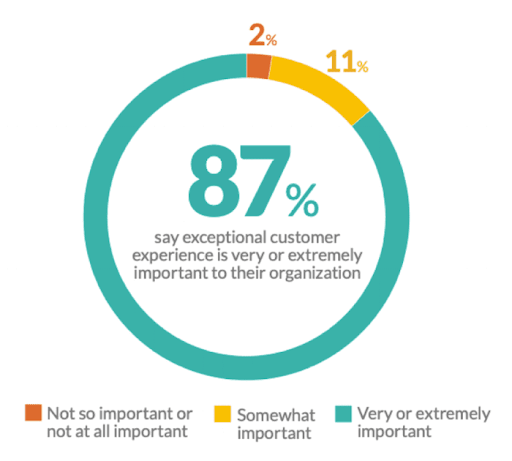Did you know that over 90% of in-app prompts receive a response, with 64% getting a positive response? That’s a significant advantage over traditional survey methods, which often struggle to achieve even a fraction of that engagement.
Living in a mobile-first world, we all understand the importance of gathering real-time user feedback for app success. However, in my experience, conventional surveys can disrupt the user experience, which leads to low response rates and potentially biased data.
In-app feedback tools are incredibly helpful here. They allow users to quickly provide feedback without disrupting their app experience.
In this blog post, I’ll explain how in-app feedback tools can improve the process. I’ll also share a list of the 11 best tools for collecting feedback within mobile apps so you can choose the one that works best for you.
What is In-App Feedback?
In-app feedback focuses on collecting broad information about user satisfaction, loyalty, and overall experience with an application. It is all about getting a general sense of how happy users are with your app and how likely they are to keep using it. This type of feedback is usually gathered through surveys or feedback buttons, and it doesn’t focus on any one specific part of the app—it’s more about the whole experience.
Why Collect Mobile In-App Feedback?
You have a website or an app—that’s awesome! But to make it truly successful, you need to know what your users think. Getting feedback is like conversing with your customers, and it’s extremely important for any business, big or small.
Here’s why you should be collecting feedback:
1. Grow Your Business
Want to know the secret to happy customers? Ask them what they want! Direct feedback is the best way to understand what your users like and dislike and what they wish your website or app could do. This helps you make intelligent decisions about what to improve and what new features to add. Happy customers mean a thriving business!
2. Make Your Website and App Easy and Enjoyable to Use
There are some excellent tools out there that can show you exactly how visitors are using your website and app. They can help you spot confusing parts or places where people get stuck. By fixing the issues, you can create a smooth and enjoyable experience for your users, which can lead to more sales and leads.
3. Make Smart Decisions
If you don’t listen to what users have to say, you’re basically just guessing about what they want. And that’s a recipe for disaster—you could end up with a product that nobody likes! The information you get from your customers is gold for developers and designers because it lets them make smart choices about the design, features, and how the whole thing works. Ultimately, this leads to a product that people actually want to use.
4. Increase Customer Retention
When users feel heard and valued, they’re more likely to stick around. Your most loyal customers (the top 10%) tend to spend way more per purchase than the rest (the other 90%). In fact, they usually spend about twice as much! Feedback mechanisms show your users that their opinions matter, which creates a sense of loyalty and encourages them to continue using your website or app.
5. Stay Ahead of the Competition
At the end of the day, focusing on your customers and their feedback is critical for long-term success. It helps you create a product that people truly love, leading to higher user satisfaction, engagement, and retention. By making user feedback a core part of your development process, you can build a product that meets and exceeds expectations, setting you apart from the competition.
Now, let’s look at some of the top mobile in-app feedback tools to transform your app into a user-centric powerhouse.
| Tools | Best For | Pricing |
|---|---|---|
| Qualaroo | NPS, CES, & In-app surveys | A forever-free plan with all premium features. Paid plan starts at $19.99/month |
| ProProfs Survey Maker | Email surveys, polls, scored surveys, quizzes, sidebar forms, and web forms | Starts at $9.99/month. Free plan available. |
| Alchemer | In-app surveys, rating prompts, broadcast popups, message center | Custom quote |
| Instabug | In-app surveys and bug reporting, message center | Starts at $299/month |
| Survicate | Multi-channel surveys, in-app user feedback, centralized feedback hub | Starts at $99/month |
| PollFish | Third-party surveys, market research | Custom quote |
| SurveyMonkey | Any survey type, in-app rating prompts, AI-based data analysis | Starts at $25/month |
| Mopinion | Different survey types, multi-channel deployment, in-app feedback survey, sentiment analysis | Starts at €259/month |
| Pendo | In-app surveys and message prompts | Custom quote |
| Delighted | iOS app surveys, In-depth data dashboards, and reports | Starts at $17/month. |
| SurveySparrow | Conversational surveys | Starts at $19/month |
Before we explore the complete list, here are my top picks:
Which is the Best Mobile In-App Feedback Tool?
There is nothing like a perfect app on the market. That said, you can choose in-app feedback software that meets all your requirements. Each in-app feedback software on this list caters to different business purposes.
Option A: Qualaroo
Qualaroo is your all-in-one solution for seamless in-app surveys on iOS and Android. With features like in-app rating prompts and AI-based analytics, it’s perfect for optimizing apps, conducting research, and more. Qualaroo integrates with over 40 third-party tools, making it a top choice for consolidating valuable feedback data and in-app NPS benchmarking.
Option B: Pendo
Pendo is a versatile product adoption and CS personalization platform perfect for in-app surveys and message prompts. It excels at personalized feedback, onboarding, and customer support. Pendo empowers you to create a personalized and engaging experience for each user, creating product adoption and building stronger customer relationships.
Option C: Alchemer
Alchemer offers detailed insights into user behavior, enabling startups and developers to enhance app quality through targeted feedback. With features like precise targeting, sentiment analysis, and in-app notes, it’s a perfect fit for effectively collecting and utilizing customer feedback.
Top 11 Tools to Collect In-App User Feedback
Now, let’s examine these and more tools in detail. After hand-testing them, we have included each tool’s features, pros, and cons. So, let’s get to it.
1. Qualaroo
Qualaroo is a one-stop solution for all your survey needs on your mobile app, website, and product. As an in-app feedback tool, it dominates the competition of its alternatives. You can create and embed in-app survey popups or Nudges™ on iOS and Android mobile apps. It also provides in-app rating prompts to collect app store user ratings and boost your app’s credibility.
With little to no learning curve, Qualaroo is an ideal choice to collect user data for app optimization, experience management, marketing research, design improvement, and lead generation.
Best For: All kinds of surveys, multiple deployment channels, in-app feedback surveys, and rating prompts, AI-based analytics
What You Will Like:
- Design surveys and embed them in your app.
- Support surveys for your website, product, mobile browser, and email.
- Access an intuitive survey editor to guide you through every step of survey design.
- Use features like real-time survey preview, 40+ pre-built templates, 12+ question types, question branching (skip logic), 50+ language translations, white labeling, and others.
- Utilize advanced click-to-activate targeting options based on location, browser, behavior, device, and other attributes.
- Leverage AI-based sentiment analysis and a word cloud engine for quick feedback analysis.
- Get an inbuilt NPS score tracker chart to categorize and show real-time NPS scores on a time chart.
- Enjoy integrations with 40+ third-party tools.
What You May Not Like:
- No downloadable or on-premise version
- No dedicated account manager for the free plan, unlike the paid
Price
Qualaroo offers a forever-free plan for startups and small businesses with all premium features. Paid plan starts at $19.99/month.
2. ProProfs Survey Maker
ProProfs Survey Maker tool provides interactive ways to collect in-app feedback from your users. Create personalized in-app surveys, scored quizzes, tests, personality assessments, and one-click polls to engage your app users and increase response rates on your survey campaigns.
Integrated with your mobile app, this in-app feedback tool can also help you collect reviews and ratings for the app store faster. With over 100+ pre-built question templates, skip-logic, nuanced targeting options, and customizable themes, you can create highly targeted surveys and quizzes to collect accurate data from relevant users.
Best For: Email surveys, polls, scored surveys, quizzes, sidebar forms, and web forms.
What You Will Like:
- Access a visual survey editor to create engaging surveys, quizzes, and polls.
- Use 100+ templates, skip logic, scorecards, 15+ question types, visual questions, and more.
- Embed surveys on your website and mobile app.
- Add the feedback sidebar to your mobile app to collect new suggestions and run polls.
- Get a built-in detailed reporting dashboard to monitor the survey campaign’s performance.
- Integrate with your tools like Mailchimp, Zapier, and Salesforce.
- Get free 100k questions and 100+ ready-to-use templates.
- Add a scoring mechanism to your quizzes to make them more engaging.
What You May Not Like:
- It would be good if there were more customization options for the templates.
Price
Starts from $9.99/month. Free plan available.
3. Alchemer
Alchemer’s in-app feedback tool has a fantastic reputation in the app development industry. Compared to average mobile apps, the tool has a 90% customer response rate and a 70% higher 90-day retention rate.
Moreover, the feedback tool lets you have a detailed insight into the users’ behavior to make the feedback process easier. With qualitative and quantitative insights, startups or developers can use this tool to improve app quality with the help of targeted user feedback.
Best For: In-app surveys, rating prompts, broadcast popups, message center
What You Will Like:
- Design multiple in-app survey types to collect customer feedback.
- Use precise targeting options based on location, user activity, behavior, characteristics, and more.
- Get an inbuilt sentiment analysis engine to categorize the feedback into user emotions.
- Send in-app rating prompts.
- Add in-app notes to broadcast updates, discounts, and important information to app users.
- Use the analytical dashboard to monitor the app and survey performance. Track the app store ratings, tags, sentiment distribution, trending phrases, and more.
- Incorporate a message center to respond to survey responses.
- Use in-depth targeting options to show the surveys to the right people at the right time.
- Leverage in-app broadcast messaging to effortlessly notify users about limited-time deals.
What You May Not Like:
- The sentiment analysis dashboard can be difficult to navigate.
Price
Custom quote.
4. Instabug
Instabug provides more services than integrating with the app to get user feedback. With Instabug, you can use surveys or feedback systems to find out what your app users think. If your app is in the production or beta stage, Instabug can provide you with detailed insights.
These insights are based on regular users, stakeholders, and others who matter for the app. With customizable survey questions, you can determine if your app lacks something or if your competitors are offering something better.
Best For: In-app surveys and bug reporting, message center
What You Will Like:
- Design in-app surveys and use advanced targeting options to show them to the right users.
- Use surveys during testing and when the app goes live to spot bugs and issues.
- Attach screenshots, voice notes, and screen recordings to the surveys to help reproduce the issues.
- Automatically collect network logs, users’ metadata, and other information with each reported bug.
- Use the reporting section to filter the feedback by NPS scores, timeframe, and keywords.
- Respond to the users’ feedback to keep them updated about the bug status.
- Initiate in-app chats with users to gather more information about the bug.
- Collect automatic crash reports with details like network request logs, running environment, stack trace, and other elements.
- Monitor the app’s health to spot spikes, bugs, slow network calls, or crashes.
- Utilize one of the best in-app feedback tools for beta testing and gathering early insights.
- Attach files to surveys to collect visual feedback.
What You Will Not Like:
- No way to remove multiple obsolete dSYM files at once.
Price
Starts at $299/month.
5. Survicate
Survicate has been a trusted name in the app feedback space since 2013. This versatile tool helps businesses gather valuable insights to improve their user experience. It offers a range of engaging feedback formats, including star ratings, emoticons, and customizable surveys.
One of Survicate’s standout features is its ability to target specific user segments within your app. This means you can gather precise feedback from particular demographics or user groups, providing a deeper understanding of their unique needs and preferences.
Best For: Multi-channel surveys, in-app user feedback, in-app feedback button, centralized feedback hub
What You Will Like:
- Use the no-code visual editor to create focused in-app feedback surveys.
- Access pre-built templates, theme customization, question branching, dialog box or full-screen layout, and more.
- Add a feedback button to the mobile app to collect unsolicited suggestions, issues, and ideas.
- Use in-depth targeting options to display the in-app survey to the right users.
- Automatically save responses from abandoned and incomplete surveys.
- Get a built-in Feedback Hub to manage survey data and responses from multiple channels in one place.
- Use the analytical dashboard to track survey performance metrics like completion rates, page views, and response rates.
- Integrate with 50+ tools for workflow management.
- Enjoy a plethora of options to customize the survey as you want.
What You May Not Like:
- You cannot use the same survey in multiple languages.
Price
Starts at $99/month.
6. PollFish
Pollfish has many surveys to collect user feedback from the app. This in-app survey tool offers survey services to find the target audience. So, you can be assured that the insights you receive through this tool will be accurate and based on real-world data.
The integration process is also not hectic. You can choose a template, customize the survey, and deploy it anytime you want. Pollfish currently serves the app industry with 140,000 app partners, 550 million consumers, and 160+ countries.
Best For: Third-party surveys, market research
What You Will Like:
- Collect in-app feedback using 3rd party survey distribution on over 140K apps with Pollfish.
- Utilize an easy-to-use survey builder to create surveys and questionnaires.
- Use skip logic, screening questions, 11+ answer types, and embedded media to design personalized surveys.
- Target the desired audience using various in-built filters based on age, device, location, education, work, OS, and other attributes.
- Share the surveys with the right people through their mobile SDK partners and 3rd party providers.
- Collect large survey data samples by targeting the right audience.
- Get instant access to the desired demographic audience.
- Use this perfect in-app feedback tool for market research and evaluating prototypes.
What You May Not Like:
- Lacks proper onboarding setup to familiarize new users with the features.
- Pricing is based on per response, making it expensive for large samples.
Price
Custom quote.
7. SurveyMonkey
SurveyMonkey has been serving the market since 1999, addressing the survey needs of various clients. You can use SurveyMonkey to collect business data, demographic data, customer information, and much more.
Recently, SurveyMonkey started serving the app development market as well. With its new SDK release, the tool is available for app integration. You can integrate SurveyMonkey into your mobile apps to collect feedback and ratings, among other information. In addition, you also get detailed insights and real-time results for surveys you release on your apps.
Best For: Any survey type, in-app rating prompts, AI-based data analysis
What You Will Like:
- Create and share in-app surveys, quizzes, and polls.
- Add a progress bar, scoring mechanism, question randomization, and other elements to make surveys more interactive.
- Use skip logic, design customization, multiple answer types, and survey language translation.
- Ask for app store ratings with in-app rating prompts.
- Access an inbuilt AI-based sentiment analysis engine, word cloud, and NPS score calculator to analyze the data quickly.
- Use filters to create custom reports and categorize the responses using custom tags.
- Integrate with tools like Mailchimp, Slack, Hubspot, and more.
- Access more niche survey customization options than other similar tools.
What You May Not Like:
- The Analytical dashboard needs a major revamp to include better data presentation methods.
- Sometimes, the users may experience slight glitches while creating the surveys.
Price
Starts at $25/month.
8. Mopinion
With Mopinion, you get a powerful in-app feedback tool to boost your app’s usability and experience with powerful user insights. The platform provides all the necessary features to create successful app survey campaigns.
Whether you’re looking to improve your app’s functionality, design, or overall user experience, Mopinion easily captures the insights you need to make informed decisions and optimize your digital products.
Best For: Different survey types, multi-channel deployment, in-app feedback survey, sentiment analysis
What You Will Like:
- Use a drag-and-drop survey builder to design surveys in minutes for the mobile app, website, and email.
- Access pre-built templates, multiple question types, theme customization, white-labeling, auto-language translations, skip logic, and mobile responsive design.
- Automatically capture users’ metadata with the survey feedback.
- Leverage in-depth targeting options based on metadata, behavior, customer type, demographics, and other attributes.
- Create custom dashboards to analyze the feedback data using charts and graphs.
- Use sentiment analysis and text analytics engines to mine the feedback data.
- Automatically categorize responses with tags like issue, bug, pricing, UI/UX, and more.
- Integrate with workspace tools like Google Analytics, Hubspot, and Marketo.
- Attach screenshots of the bug to help you visualize the issue.
- Work with native, react-native, and Cordona apps.
What You May Not Like:
- In-app feedback surveys are locked in higher tiers.
Price
Starts at €259/month.
9. Pendo
Pendo is a complete product adoption and CS personalization platform that offers various features to deliver the best in-app user experience. You can create a detailed onboarding process, collect in-app feedback, and provide customer support to active users. The best part is that each product can be purchased separately, which enables more flexible budget allocation.
Best For: In-app surveys and message prompts
What You Will Like:
- Create personalized in-app surveys and polls to gather customer feedback from the app users.
- Filter the feedback data based on different attributes, such as feature, user cohort, segment, and more, to spot trending ideas.
- Set the feedback status to update the users about the progress of their requests as declined, released, planned, etc.
- Get in-app messaging in broadcast guides, how-to tips, and other helpful steps.
- Display in-app prompts for step-by-step instructions to improve app onboarding and product adoption.
- Access widgets and custom charts to analyze the data as required.
- Use custom charts to track feature adoption, trends, usage, and other metrics.
- Integrate with your workspace tools such as Figma, Drift, Salesforce, and more.
- Broadcast in-app messages to display new updates and deals.
- Cross-reference behaviors and clicks with the user feedback to get a complete picture of users’ in-app journey.
What You May Not Like:
- No option for users to take in-app screenshots to report the issues.
- UI for creating guides is limited in functionality, making it challenging to work with.
Price
Custom quote.
10. Delighted
Delighted is another omnichannel feedback management tool that lets you capture customer insights from various channels.
As an in-app feedback tool, you can use it to design short-form or long-form surveys to target specific users and learn about their experiences. The tool also supports in-depth data analysis features to help you close the loop quickly.
Best For: iOS app surveys, In-depth data dashboards, and reports
What You Will Like:
- Create and deploy surveys on your iOS mobile app in minutes.
- Design a single-question survey or include up to 12 questions in it.
- Utilize 7+ response types, skip logic, design customization, question randomizer, and mobile-responsive design to create personalized surveys.
- Access an in-built reporting dashboard to analyze the feedback.
- Use filters to segment the data based on demographics, comments, location, tags, customer type, and other properties.
- Get an automatic real-time NPS score tracker.
- Leverage sentiment analysis engine to create custom reports.
- Support seamless integration with tools to manage dataflows.
- Capture data from incomplete or abandoned surveys as well.
- Leverage NPS benchmarking.
What You May Not Like:
- Limited targeting options as compared to other similar tools.
- Works only for iOS apps.
Price
Starts at $17/month. Free version available with limitations
11. SurveySparrow
SurveySparrow performs exceptionally well when collecting in-app feedback. It helps you create engaging online surveys that easily capture user insights.
With seamless integration, extensive customization options, real-time feedback capabilities, and advanced question types, SurveySparrow can empower businesses and individuals to gather valuable insights, enhance the user experience, and make data-driven decisions.
Best For: Conversational surveys
What You Will Like:
- Create stunning conversational surveys that are engaging and human-like
- Support single-page and multi-page surveys
- Use custom workflows to streamline tasks and close the feedback loop
- Design fully-fledged payment forms for collecting online payments securely.
- Leverage branding and white-labeling options.
- Utilize inbuilt sentiment analysis to categorize feedback automatically.
- Access a user-friendly interface.
- Enjoy seamless integrations.
- Get real-time feedback collection for prompt issue resolution.
- Also, get multiple feedback collection channels like websites, app, social media, and email.
- Utilize 27+ question types.
- Leverage automated follow-ups for better engagement and higher response rates.
What You May Not Like:
- Certain advanced features might be limited to higher plans.
Price
Starts at $19/month.
FREE. All Features. FOREVER!
Try our Forever FREE account with all premium features!
How to Collect in-App Feedback
- Pop-Up Surveys: Trigger short surveys at crucial moments, like when a user completes a task or reaches a milestone. These timely surveys capture immediate reactions and feelings.
- Feedback Widgets: Incorporate a persistent feedback button within the app. This will allow users to share their thoughts anytime and ensure they can quickly provide feedback when they feel the need.
- Rating Prompts: Ask users to rate their experience after specific interactions, like completing a purchase or using a new feature. Simple star ratings can quickly gauge satisfaction levels.
- Post-Update Surveys: Collect feedback after releasing app updates to understand user reactions to new features or changes. This helps ensure updates meet user expectations.
- Exit Surveys: Prompt a survey when users are about to exit the app. This helps capture their last impressions and any immediate concerns they might have.
- In-App Messaging: Use personalized messages to request feedback on specific features or experiences. These can be targeted based on user behavior or specific app usage patterns.
- Embedded Survey Links: Include links to surveys in-app notifications or messages. Encourage your users to provide detailed feedback when convenient.
Best Practices for Gathering In-App User Feedback
Collecting in app user feedback is art. It’s not just about asking questions; it’s about asking the right questions at the right time in the right way. Here’s how to make the most of your in-app feedback tools:
1. Timing is Everything: Imagine being interrupted by a survey right when you’re about to score a goal in your favorite mobile game. Frustrating, right? The timing of your feedback requests is crucial. Trigger surveys or feedback forms at natural pauses in the user journey, such as after completing a level, making a purchase, or achieving a milestone.
2. Keep it Concise and Relevant: No one wants to complete a lengthy survey on their tiny phone screen. Keep your feedback requests short, sweet, and focused on specific aspects of the user experience. Ask questions relevant to the user’s current actions or the features they’ve interacted with.
3. Offer a Variety of Feedback Options: Different users have different preferences when it comes to providing feedback. Some may prefer quick rating scales or emoticons, while others may want to express themselves in more detail through open-ended questions. Providing various feedback options caters to diverse preferences and encourages more users to participate.
4. Make it Visual and Engaging: Use visual elements like emojis, progress bars, and appealing design to make your feedback requests more engaging. A visually appealing feedback form is more likely to capture users’ attention and encourage them to provide input.
5. Provide Context and Clarity: Explain why you are asking for feedback and how it will be used. Users are more likely to respond thoughtfully when they understand the purpose behind the request and how their feedback will improve the app.
6. Act on Your Feedback: Collecting feedback is only half the battle. The real value lies in analyzing the data and using it to make meaningful improvements to your app. Let users know how their feedback is used and demonstrate their opinions are valued.
7. Respect User Privacy: Be transparent about collecting and using user data. Give users control over their privacy settings and ensure that their feedback is handled with confidentiality.
Future Trends for In-App Feedback
The world of in-app feedback is changing fast. To make sure you’re getting the most valuable input from your users, it’s crucial to stay on top of these new trends:
1. AI-Powered Feedback Analysis
Artificial Intelligence (AI) is transforming how feedback is collected and understood. Tools like Qualaroo use AI to automatically analyze what users say—sorting feedback into categories and spotting patterns. This makes it much easier for businesses to quickly determine what users need or want and make improvements faster.
2. Hyper-Personalization
In-app feedback is becoming more tailored to each user. Instead of one-size-fits-all surveys, imagine feedback forms that change based on how users behave in the app, what they like, and what they’ve done before. Tools like Qualaroo are already making this possible, ensuring that feedback requests are always relevant to the individual user. This leads to better responses and more valuable insights.
3. The Shift Toward Proactive Feedback
Instead of waiting for users to give feedback when they feel like it, apps are becoming more proactive in asking for it. For example, an app might notice when a user is struggling with a feature and automatically ask for feedback or offer help. Tools like Qualaroo help apps ask for feedback at just the right moments, which makes users feel more valued and leads to higher satisfaction and loyalty.
4. Gamified Feedback
Gamification is making feedback more fun and engaging. Imagine taking a short quiz, answering a poll, or earning rewards for sharing your thoughts. By making feedback interactive and enjoyable, more users are likely to participate, which gives businesses more data to work with.
5. Increased Focus on User Privacy
With all the privacy concerns these days, in-app feedback tools are strongly emphasizing protecting user data. Expect more features that give users control over their information and ensure their feedback is handled carefully and securely.
6. Integration With Other Tools
In-app feedback tools are also becoming better connected with other business tools, like customer management systems (CRM), analytics platforms, and project management software. This makes it easier for companies to view all feedback in one place and use it across different teams, improving decision-making and the customer experience.
Collect Real-Time In-App Customer Feedback Seamlessly!
From understanding user sentiment and identifying pain points to making data-driven decisions and fostering loyalty, in-app feedback tools empower you to create exceptional mobile experiences.
In app customer feedback tools give you the power to understand how users feel, spot issues they’re facing, and make smart decisions to improve your app. They also help you build loyalty by showing users that their opinions matter. With so many different tools out there, it’s essential to pick the one that fits your specific needs and goals.
Remember that timing, keeping things short and sweet, and engaging with users is vital when collecting feedback. By following best practices and staying on top of the latest trends, you can make the most of in-app feedback and create apps that users genuinely enjoy and want to keep using.
 Tips
Tips
We’d love to hear your tips & suggestions on this article!
FREE. All Features. FOREVER!
Try our Forever FREE account with all premium features!

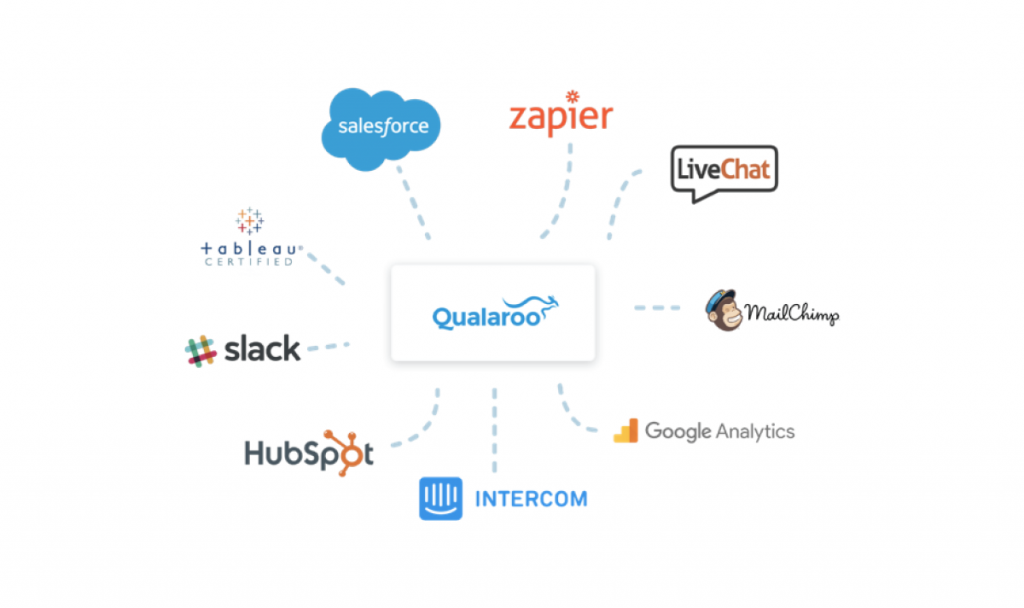
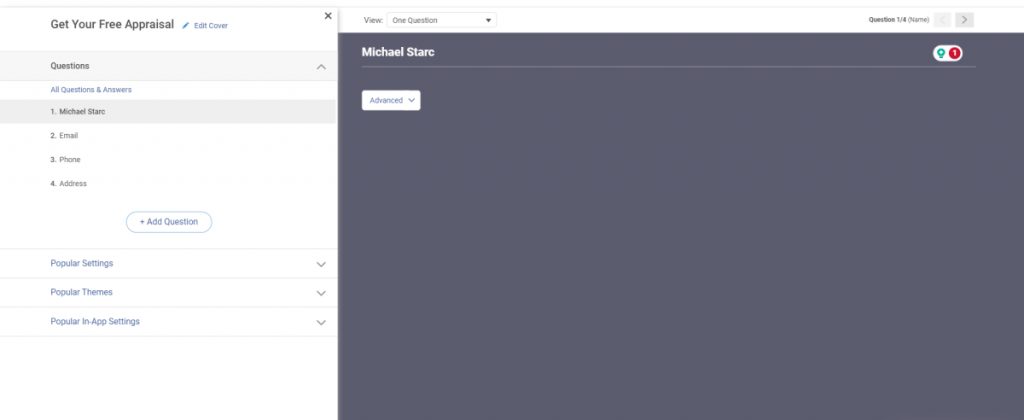
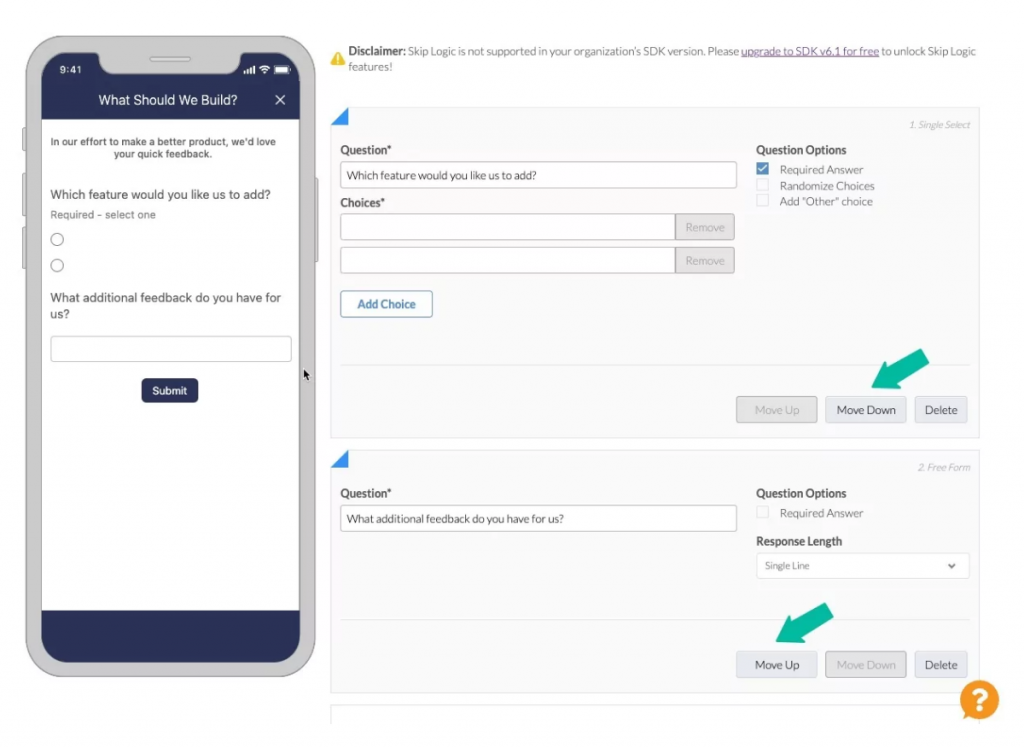
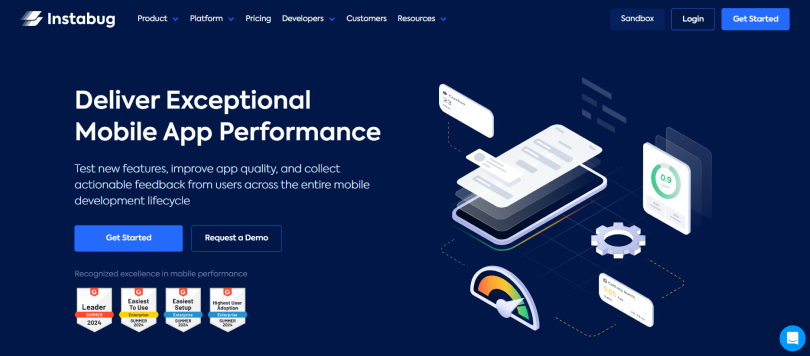
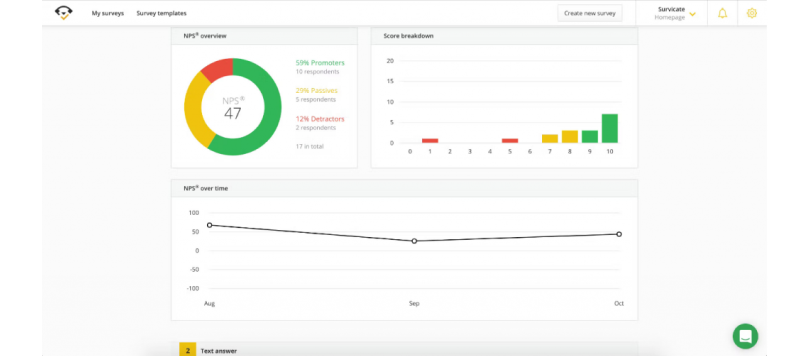

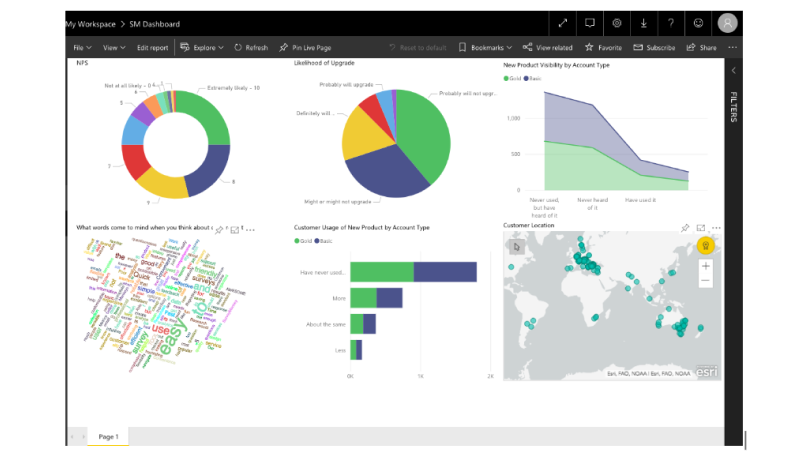
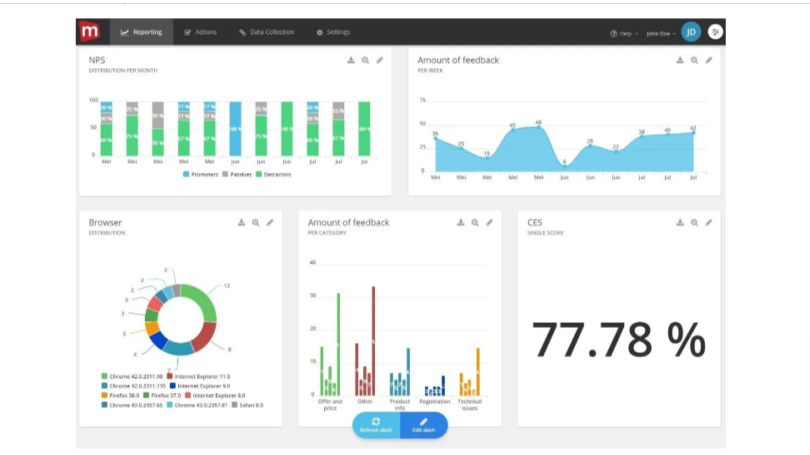
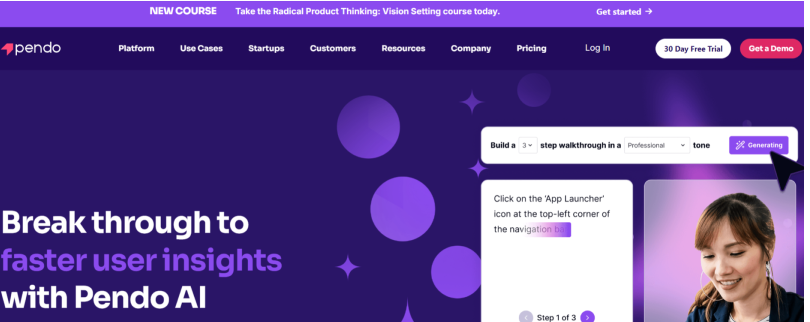
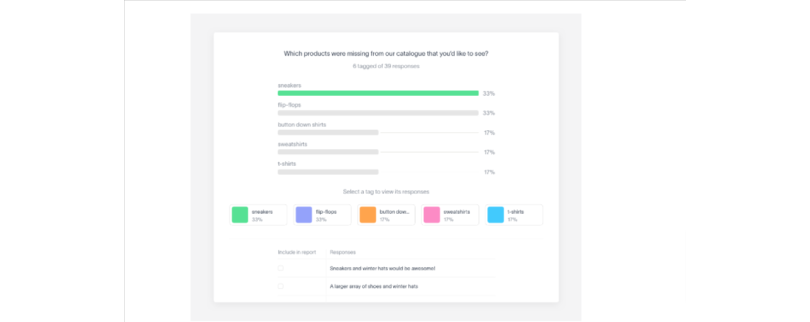
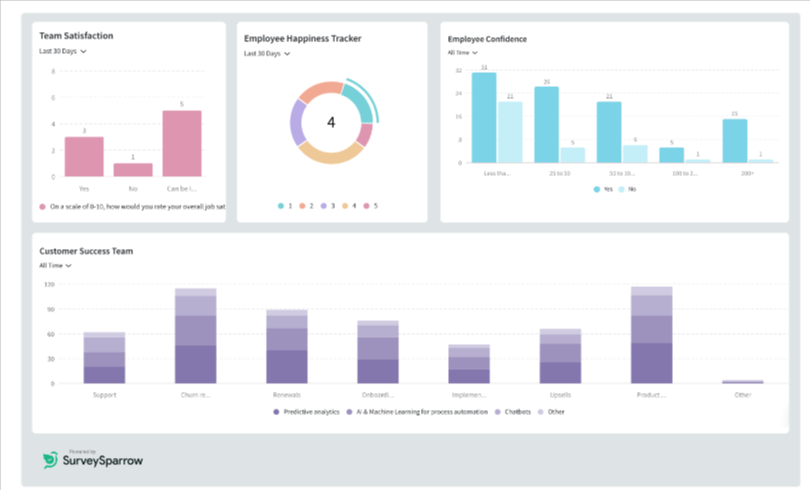
 We'd love your feedback!
We'd love your feedback! Thanks for your feedback!
Thanks for your feedback!


